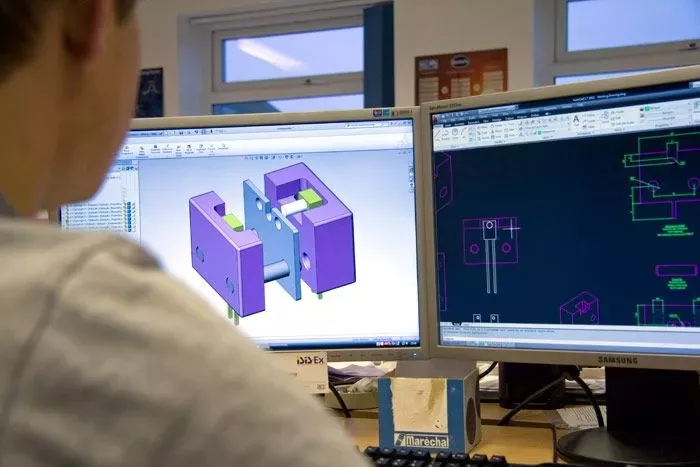 The best practices of HMIs in the oil and gas sector
The best practices of HMIs in the oil and gas sector
It’s essential that the oil and gas industry uses strong human-machine interfaces wherever it’s possible – this is especially essential considering the sensitive work these industries conduct. Their interfaces have to hold up to scrutiny especially in potentially hazardous settings, where poor performance is simply not an option, and could spell disaster. With that in mind, here are some of the best practices to take note of when choosing the next human-machine interface you use.
Performance in different environments
Depending on the company or its specific endeavours, the HMI could be exposed to a range of extremes, such as low or high temperatures, that many interfaces would struggle with. A resilient HMI will keep working at either end of the temperature range, handle weather conditions of all kinds Returning to the example of touchscreens, they must be impervious to rain causing false touched. and be visible during the daytime. Furthermore, an anodised aluminium enclosure, will protect from exposure to corrosive elements such as sea water, wash down chemicals, mud etc.
Adaptable power solutions
Fluctuations in power can also be common on a site, so it’s vital that your HMI can sustain dirty power (surges and low voltages) without damage or down time.At HMi Elements, we specialise in overcoming all these issues, creating interfaces that fit your working environment and can handle any possible extreme. In everything we do, we seek to provide the best solution and the most intuitive products the oil and gas industries. If you would like to learn more about our human-machine interfaces and how they can help your company, feel free to contact us today.